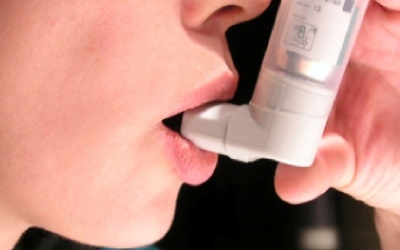New Cell Discovery Linked to Eczema and Allergies
If your wellness is affected by eczema or other allergies, it may be due to a type of immune cell in your skin. This is according to a new study published this week in the journal Nature Immunology, which has come about thanks to a collaboration among researchers from the University of Sydney’s affiliated Centenary Institute and colleagues in New Zealand, the UK, and the US.
Years ago, a family of cells, known as group 2 innate lymphoid cells (ILC2), was discovered ago in the laboratory of Professor Wolfgang Weninger, and this new cell type is part of this group. Professor Weninger’s lab has been responsible for developing techniques in marking different cells of your immune system, and tracking them live under the microscope. However, until now the identity of the immune cells has remained a mystery.
According to Dr Ben Roediger, first author on the paper and a research officer in the Centenary’s Immune Imaging Laboratory, this is the first time such cells had been found in the skin, and they are relatively more numerous there. He noted, ‘Our data show that these skin ILC2 cells can likely suppress or stimulate inflammation under different conditions. They also suggest a potential link to allergic skin diseases.’
The researchers contacted Professor Graham Le Gros at the Malaghan Institute in New Zealand, one of the world’s foremost researchers into type 2 immunity (the part of your immune system that deals with infection by parasitic organisms), as they suspected that the cells may be associated with this system. The Professor not only confirmed this suspicion, but also provided a new strain of mouse developed in the United States that provided insight into the function of ILC2 cells.
Roediger explained, ‘Using these mice, we found that ILC2 cells were the major population in the skin that produced interleukin 13, a molecule that has been linked to a number of allergic diseases, including eczema.’ He added, ‘We now have experiments underway in which we are actively looking for the direct involvement of these cells in the sort of skin diseases you would predict based on these findings.’


Comments are closed.